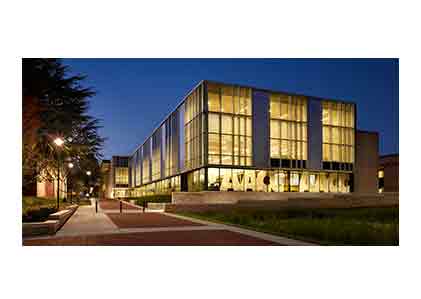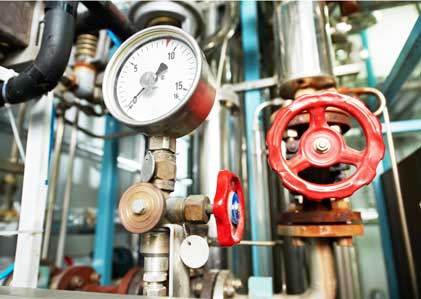The future doesn’t look bright at the rate the United States consumes energy. In 2019, Americans came close to exceeding the national record for the highest energy consumption ever measured since the Energy Information Administration (EIA) started keeping track in 1949. With an all-time high of 101.2 quadrillion British thermal units (Btus) set in 2018, not much progress was made to conserve energy a year later in 2019, when Americans consumed 100.2 quadrillion Btus.
Of these record-breaking amounts, 11.5 quadrillion of the Btus—a mere one-tenth of the staggering total—came from renewable energy sources such as solar, hydropower, wind, and biofuels. With more people working from home in 2020 due to the Covid-19 pandemic, it’s logical that residential energy use will be at an all-time high. These inconvenient truths beg the question: if 90 percent of the energy consumed is from non-renewable sources such as coal and fossil fuels, how can the United States increase its renewable energy sources?
While this US energy report card is nothing to be proud of in the face of a climate change crisis, there is a bright side. At a time when political divisiveness is at an all-time high, an overwhelming majority of Americans agree that green energy is a priority. In 2020, the Pew Research Center showed 77 percent of Americans agree that developing alternative energy sources should be prioritized over consuming more non-renewable sources.
And while shifting our energy-guzzling nation’s dependence from non-renewable to renewable energy is one solution to course-correct climate change, developing technologies that support efficient heating and cooling homes and buildings is also essential to create a healthier environmental future.
Who are the biggest consumers of energy? Residential and commercial HVAC use accounts for more than half of all the energy consumed in the United States. To reduce the consumption of HVAC technologies field by non-renewable energy sources, green technologies are emerging to help offset high rates of carbon dioxide and other greenhouse gas emissions.
While some of the green HVAC technologies are marketed directly to consumers, HVAC professionals are positioned to help residential and commercial consumers invest in money-saving green technologies to help save energy and money and create a healthier future for the planet.
Read on for a list of 11 green HVAC technologies that are leading the way to a cleaner future by offering energy-efficient ways to heat and cool homes and businesses.



